
A Theory of Human Motivation


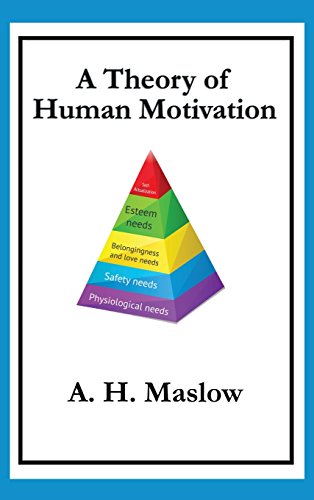
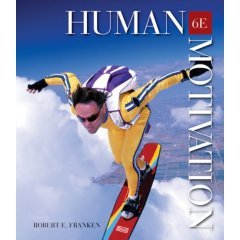
Good copy. May have minimal writing and highlighting. May have minor shelf wear. Most orders ship same day. Expedited Shipping Available!

100% scientific and proven ways to make friends quickly, turn enemies into friends, gain trust, and be flat-out likable.
Some of the most interesting, shocking, and counterintuitive scientific conclusions to simply make people want to be around you.
In The Science of Likability, you’ll get all that and more. I’ve taken 27 seminal scientific and psychological studies and broken them down, so you can use their findings to your advantage. Every piece of advice in this book to increase your social standing and likability factor is 100% backed by in-depth, peer-reviewed research.
Learn how subconsciously to make yourself seem likable, trustworthy, and intelligent.
You can get a new haircut and wardrobe, and you even learn funny jokes. But likability is something more. It’s subconscious, and it’s the small signs that signal our brains to let their guards down and embrace others. Learn what common sense and intuition doesn’t teach you.
Analysis and insight from the best in the business.
From Freud, to Cialdini, to Pavlov, to Schachter, to Goleman, these studies are insightful, analytical, sometimes surprising, but most importantly, effective and actionable. Pair that with the insight and human intelligence factor of best-selling author and social skills coach Patrick King, and you have a guide that can be listened to equally for education, as for helpful, real advice.
Small and subtle actions, big results:
– Chapter 1. How to Improve People’s Moods.
Chapter 2. How to Turn Enemies into Friends.
Chapter 6. How to Gain Trust and Credibility.
Chapter 7. How to Work Well With Others.
Understand what makes people tick.
– Chapter 8. How to be More Endearing.
Chapter 10. How to Lead Anyone.
Chapter 11. How to Avoid Being Judged.
Chapter 13. How to be Funny and Charismatic.
Being likable unlocks the doors to everything you want in life.
A better career? You better believe that the people with the most promotions and highest salaries aren’t just the most qualified. Better love life? Being likable keeps you a potential date to anyone you want. Better relationships and friendships? Not only that, but you open the door to people wanting to be friends with you. Likability is the hidden force that makes people appear to be lucky in life, and receive more opportunities than they know what to do with.
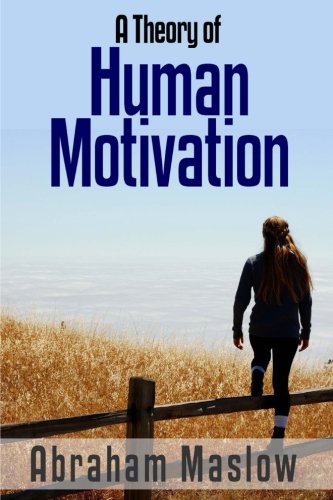
The present paper is an attempt to formulate a positive theory of motivation which will satisfy these theoretical demands and at the same time conform to the known facts, clinical and observational as well as experimental. It derives most directly, however, from clinical experience. This theory is, I think, in the functionalist tradition of James and Dewey, and is fused with the holism of Wertheimer, Goldstein, and Gestalt Psychology, and with the dynamicism of Freud and Adler. This fusion or synthesis may arbitrarily be called a ‘general-dynamic’ theory. It is far easier to perceive and to criticize the aspects in motivation theory than to remedy them. Mostly this is because of the very serious lack of sound data in this area. I conceive this lack of sound facts to be due primarily to the absence of a valid theory of motivation. The present theory then must be considered to be a suggested program or framework for future research and must stand or fall, not so much on facts available or evidence presented, as upon researches to be done, researches suggested perhaps, by the questions raised in this paper. (From the Introduction) Get Your Copy Now.
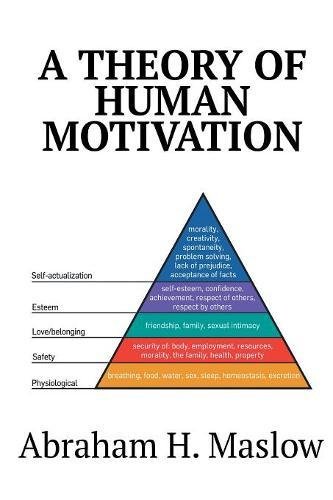
This is the article in which Maslow first presented his hierarchy of needs. It was first printed in his 1943 paper “A Theory of Human Motivation.” Maslow subsequently extended the idea to include his observations of humans’ innate curiosity. His theories parallel many other theories of human developmental psychology, some of which focus on describing the stages of growth in humans. Maslow described various needs and used the terms “Physiological, Safety, Belongingness and Love, Esteem, Self-Actualization and Self-Transcendence” needs to describe the pattern that human motivations generally move through. Maslow studied what he called exemplary people such as Albert Einstein, Jane Addams, Eleanor Roosevelt, and Frederick Douglass rather than mentally ill or neurotic people.
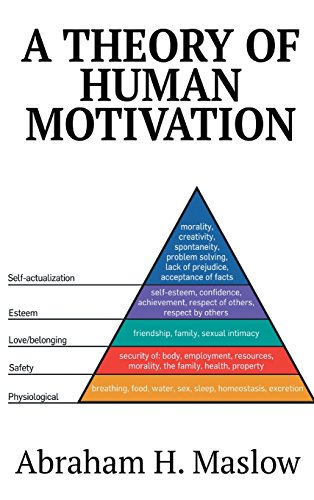
This is the article in which Maslow first presented his hierarchy of needs. It was first printed in his 1943 paper -A Theory of Human Motivation-. Maslow subsequently extended the idea to include his observations of humans’ innate curiosity. His theories parallel many other theories of human developmental psychology, some of which focus on describing the stages of growth in humans. Maslow described various needs and used the terms -Physiological, Safety, Belongingness and Love, Esteem, Self-Actualization and Self-Transcendence- needs to describe the pattern that human motivations generally move through. Maslow studied what he called exemplary people such as Albert Einstein, Jane Addams, Eleanor Roosevelt, and Frederick Douglass rather than mentally ill or neurotic people.
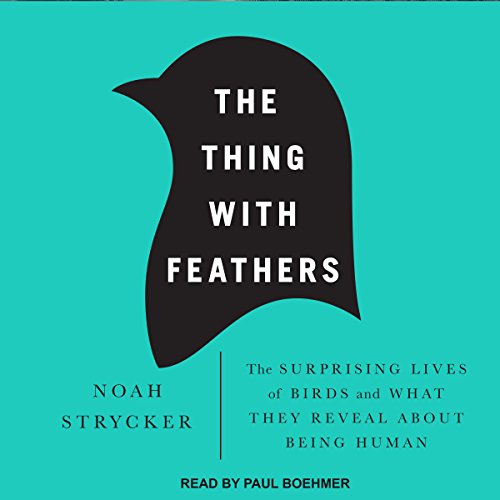
Birds are highly intelligent animals, yet their intelligence is dramatically different from our own and has been little understood. As we learn more about the secrets of bird life, we are unlocking fascinating insights into memory, relationships, game theory, and the nature of intelligence itself.
The Thing with Feathers explores the astonishing homing abilities of pigeons, the good deeds of fairy-wrens, the influential flocking abilities of starlings, the deft artistry of bowerbirds, the extraordinary memories of nutcrackers, the lifelong loves of albatrosses, and other mysteries – revealing why birds do what they do, and offering a glimpse into our own nature.
Drawing deep from personal experience, cutting-edge science, and colorful history, Noah Strycker spins captivating stories about the birds in our midst and shares the startlingly intimate coexistence of birds and humans. With humor, style, and grace, he shows how our view of the world is often, and remarkably, through the experience of birds.
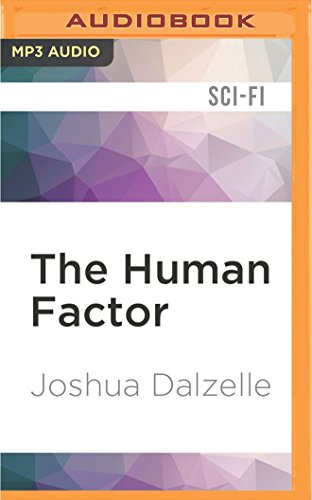
Captain Jason Burke is a man apart, and not just because he’s the only of his kind for thousands of light-years in any direction. The changes to his body and to his genetic code have made him faster, stronger, more able to survive in his dangerous occupation…but they’ve also ensured that he’ll never truly fit in with others of his species. He always assumed he would live and die with his crew and never lay eyes on another human again. He was wrong.
The mercenary captain learns through back-channel information that Earth may be in danger and, worse, that he may have been a contributing factor. He now faces the choice of ignoring the problem and allowing his own species to fight their own battles or returning to help and risk making the situation worse. Can he just sit idly by while his species faces such a dire threat?